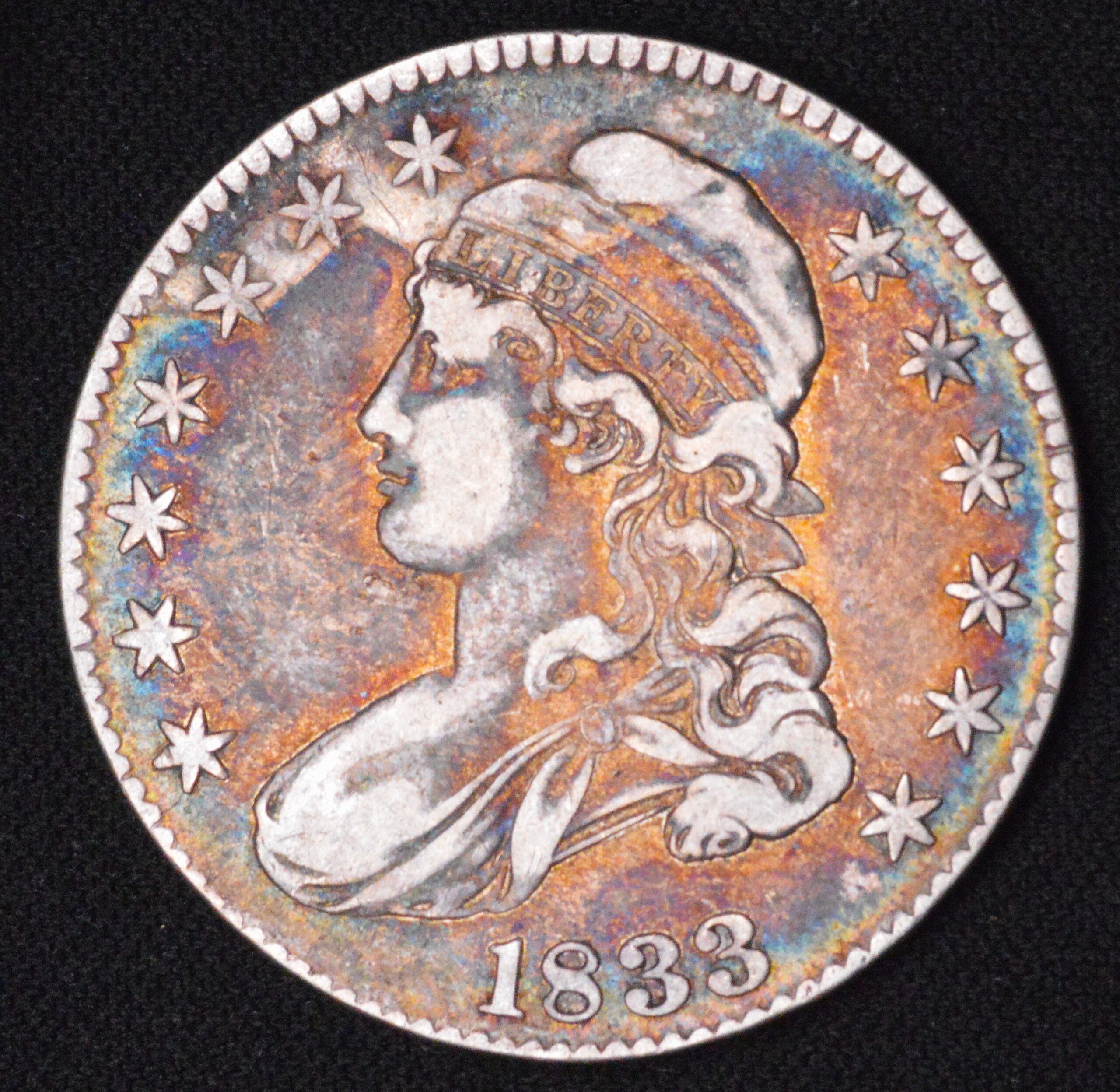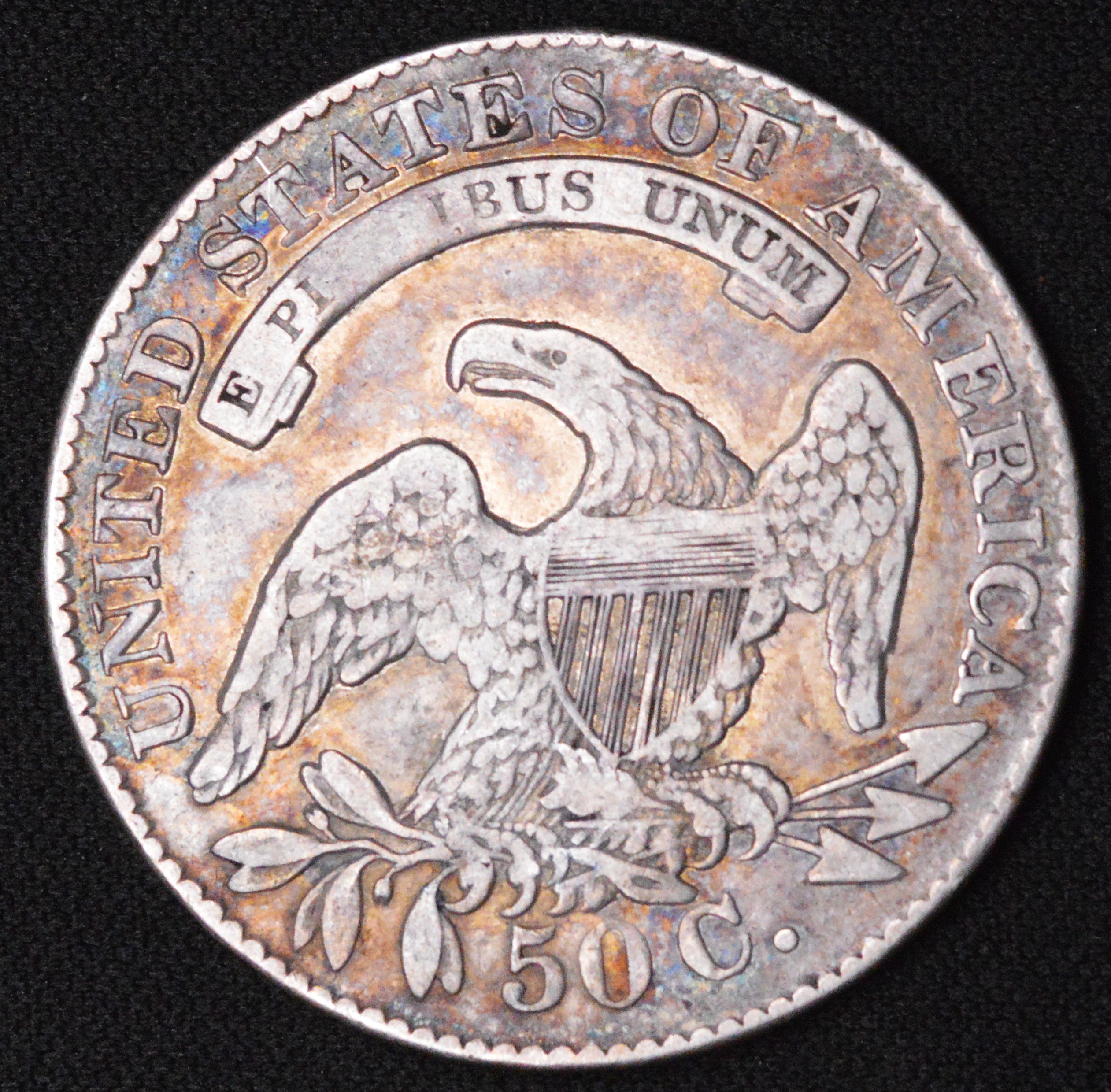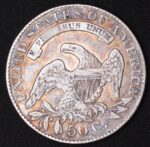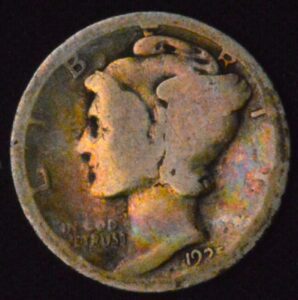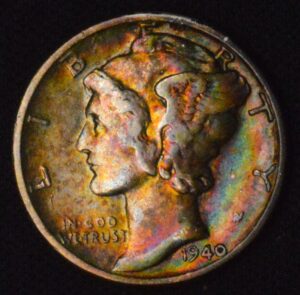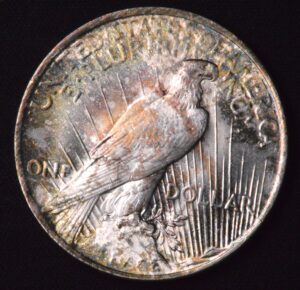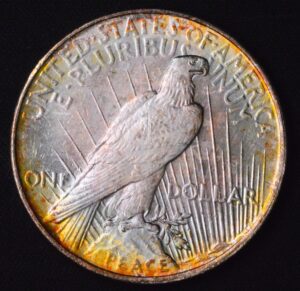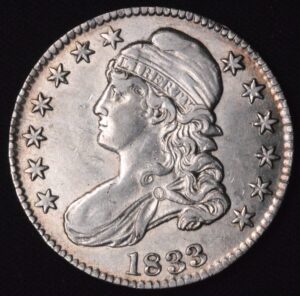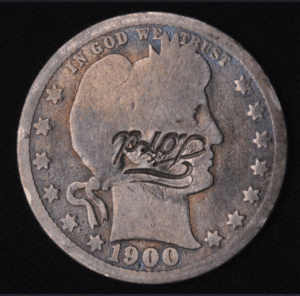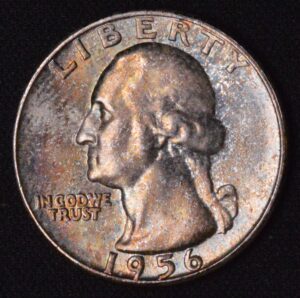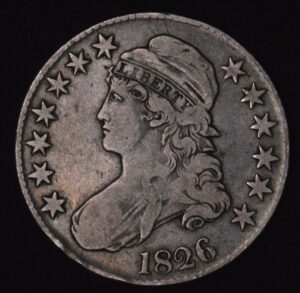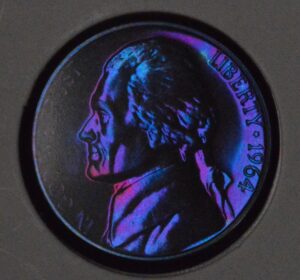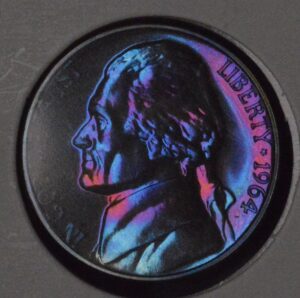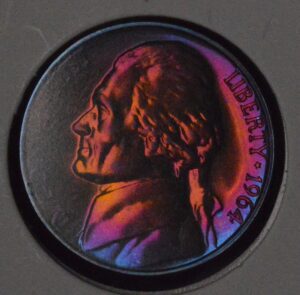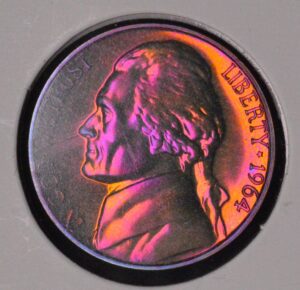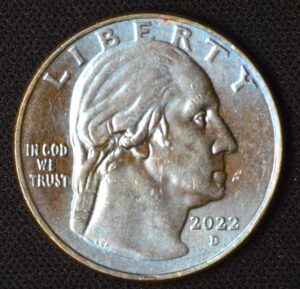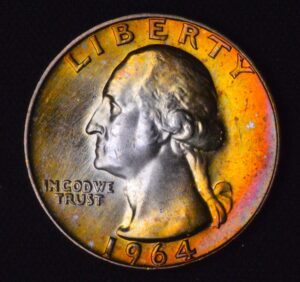Description
The 1833 Capped Bust Half Dollar is a classic silver coin from early 19th-century American coinage, produced at the Philadelphia Mint. Struck in 89.2% silver with a total weight of 13.5 grams and a diameter of 32.5 mm, the coin features the iconic “Capped Bust” design introduced by John Reich and modified by William Kneass. The obverse displays Liberty facing left, wearing a Phrygian cap inscribed with LIBERTY, surrounded by thirteen stars representing the original states, and the date “1833” below. The reverse depicts an eagle clutching arrows and an olive branch, with a shield on its breast, the legend “UNITED STATES OF AMERICA,” and the denomination “50 C.” below.
The Capped Bust half dollar series ran from 1807 to 1839 and was the largest circulating silver coin in the U.S. at its time. The edge of the coin is lettered, adding a further element of craftsmanship. In circulated condition, such as “Very Fine” or “Extremely Fine,” these coins still retain significant detail in the hair, cap, the eagle’s feathers, and other device elements, even if high points show moderate wear.
Monster toning or “tab toning” refers to vibrant, often rainbow-colored patinas that develop naturally on silver coins over many decades, often from long-term storage in envelopes or albums. Such color can greatly increase the coin’s numismatic desirability, making coins with spectacular original colors (“VERY RADIANT COLOR”) especially sought after by collectors for both their beauty and originality.
The 1833 Capped Bust half dollar is not only treasured for its metal value but also as a tangible relic of America’s economic expansion, manifest destiny, and evolving national identity. Every example represents a genuine artifact of commerce, frequently bearing signs of use across numerous transactions in a young, growing country.
A beautifully toned, circulated example—particularly one with “monster” color—is a highlight in any collection, valued for both its historical narrative and its natural artistry. Such pieces stand out both as physical evidence of monetary history and as miniature works of art shaped by time and handling.
The 1833 Capped Bust Half Dollar is a classic silver coin from early 19th-century American coinage, produced at the Philadelphia Mint. Struck in 89.2% silver with a total weight of 13.5 grams and a diameter of 32.5 mm, the coin features the iconic “Capped Bust” design introduced by John Reich and modified by William Kneass. The obverse displays Liberty facing left, wearing a Phrygian cap inscribed with LIBERTY, surrounded by thirteen stars representing the original states, and the date “1833” below. The reverse depicts an eagle clutching arrows and an olive branch, with a shield on its breast, the legend “UNITED STATES OF AMERICA,” and the denomination “50 C.” below.
The Capped Bust half dollar series ran from 1807 to 1839 and was the largest circulating silver coin in the U.S. at its time. The edge of the coin is lettered, adding a further element of craftsmanship. In circulated condition, such as “Very Fine” or “Extremely Fine,” these coins still retain significant detail in the hair, cap, the eagle’s feathers, and other device elements, even if high points show moderate wear.
Monster toning or “tab toning” refers to vibrant, often rainbow-colored patinas that develop naturally on silver coins over many decades, often from long-term storage in envelopes or albums. Such color can greatly increase the coin’s numismatic desirability, making coins with spectacular original colors (“VERY RADIANT COLOR”) especially sought after by collectors for both their beauty and originality.
The 1833 Capped Bust half dollar is not only treasured for its metal value but also as a tangible relic of America’s economic expansion, manifest destiny, and evolving national identity. Every example represents a genuine artifact of commerce, frequently bearing signs of use across numerous transactions in a young, growing country.
A beautifully toned, circulated example—particularly one with “monster” color—is a highlight in any collection, valued for both its historical narrative and its natural artistry. Such pieces stand out both as physical evidence of monetary history and as miniature works of art shaped by time and handling.
The 1833 Capped Bust Half Dollar is a classic silver coin from early 19th-century American coinage, produced at the Philadelphia Mint. Struck in 89.2% silver with a total weight of 13.5 grams and a diameter of 32.5 mm, the coin features the iconic “Capped Bust” design introduced by John Reich and modified by William Kneass. The obverse displays Liberty facing left, wearing a Phrygian cap inscribed with LIBERTY, surrounded by thirteen stars representing the original states, and the date “1833” below. The reverse depicts an eagle clutching arrows and an olive branch, with a shield on its breast, the legend “UNITED STATES OF AMERICA,” and the denomination “50 C.” below.
The Capped Bust half dollar series ran from 1807 to 1839 and was the largest circulating silver coin in the U.S. at its time. The edge of the coin is lettered, adding a further element of craftsmanship. In circulated condition, such as “Very Fine” or “Extremely Fine,” these coins still retain significant detail in the hair, cap, the eagle’s feathers, and other device elements, even if high points show moderate wear.
Monster toning or “tab toning” refers to vibrant, often rainbow-colored patinas that develop naturally on silver coins over many decades, often from long-term storage in envelopes or albums. Such color can greatly increase the coin’s numismatic desirability, making coins with spectacular original colors (“VERY RADIANT COLOR”) especially sought after by collectors for both their beauty and originality.
The 1833 Capped Bust half dollar is not only treasured for its metal value but also as a tangible relic of America’s economic expansion, manifest destiny, and evolving national identity. Every example represents a genuine artifact of commerce, frequently bearing signs of use across numerous transactions in a young, growing country.
A beautifully toned, circulated example—particularly one with “monster” color—is a highlight in any collection, valued for both its historical narrative and its natural artistry. Such pieces stand out both as physical evidence of monetary history and as miniature works of art shaped by time and handling.
CUSTOMER FEEDBACK








Related Products & Newly Released!




SHIPPING POLICY
Your order is shipped from the United States with USPS tracking within one business day.
14 Day Return Policy
You can return your item back within
14 days of the purchase

Secure payments
Your payments are 100% secure and are processed through Square or PayPal on a protected security network.
SHIPPING POLICY
FREE International and Domestic (United States) shipping. Your order is shipped with USPS tracking 24 hours after you order.
14 Day Return Policy
You can return your item back within
14 days of the purchase

Secure payments
Your payments are 100% secure and are processed through Square or PayPal on a protected security network.
RESOURCES
support
Get Real Deals!
Sign up now to receive our articles for the latest insights and promotions!
RESOURCES
support
Get Fresh Articles!
Signup our newsletter to get update insight or promotions.


